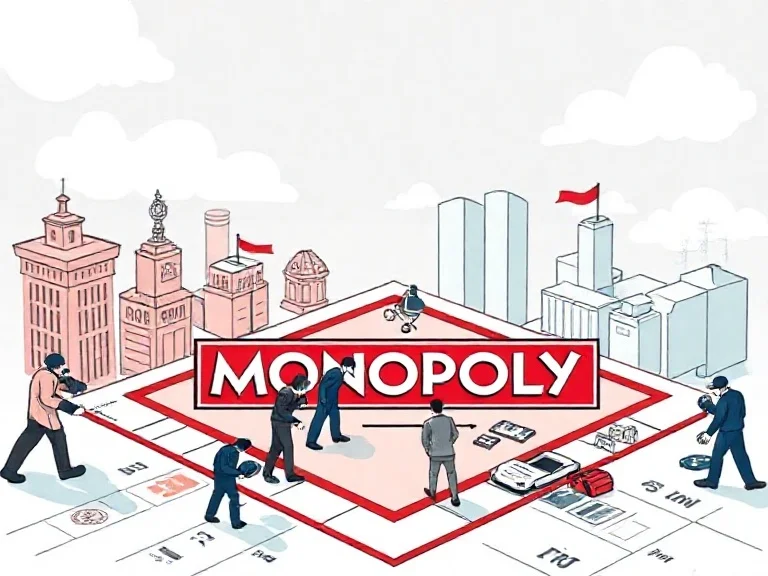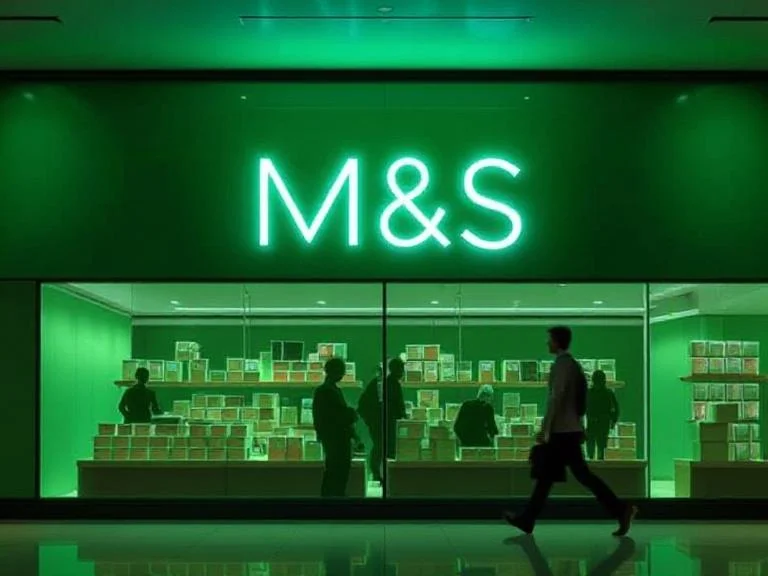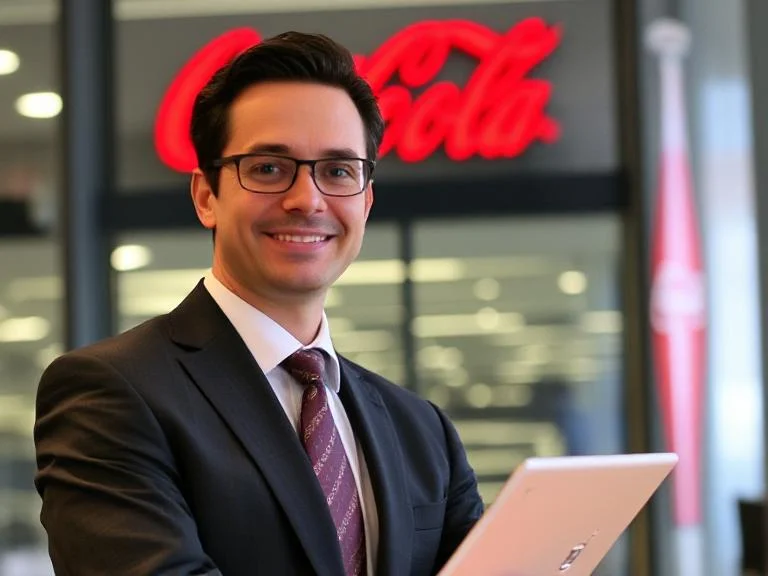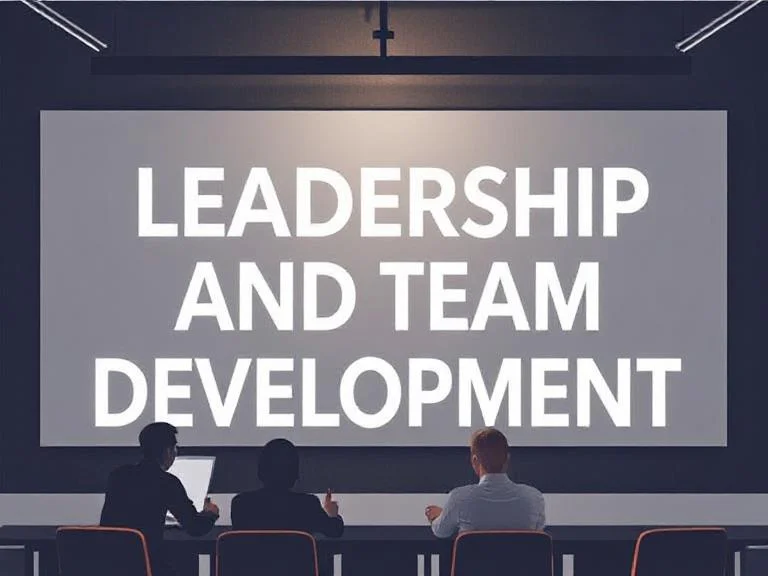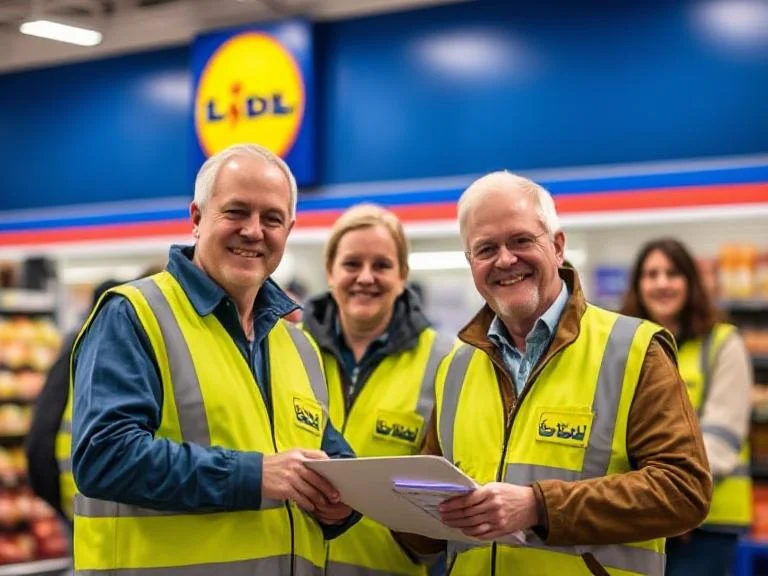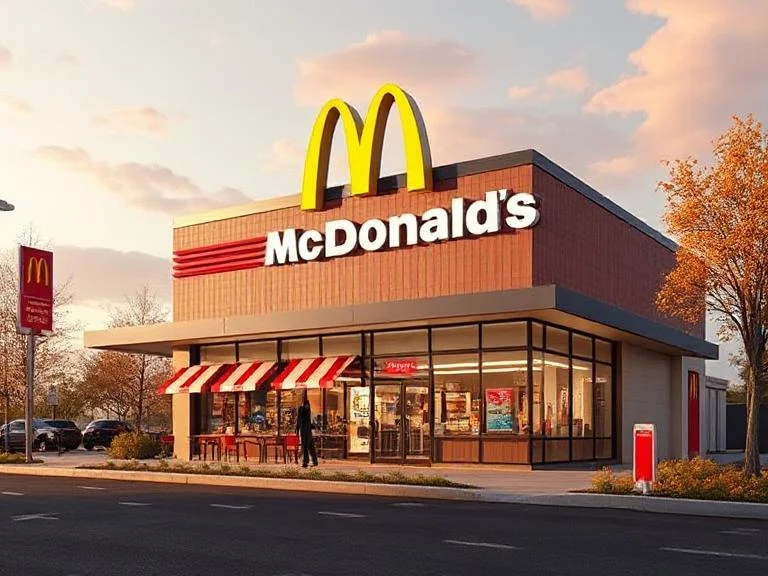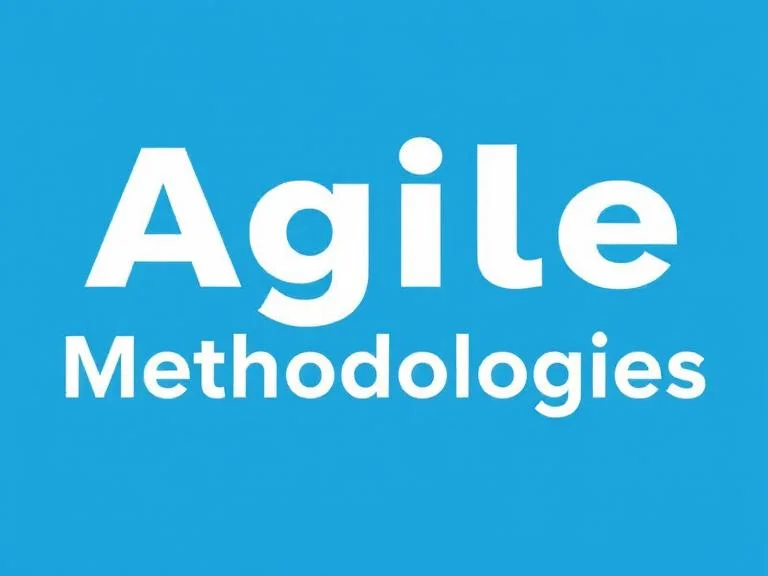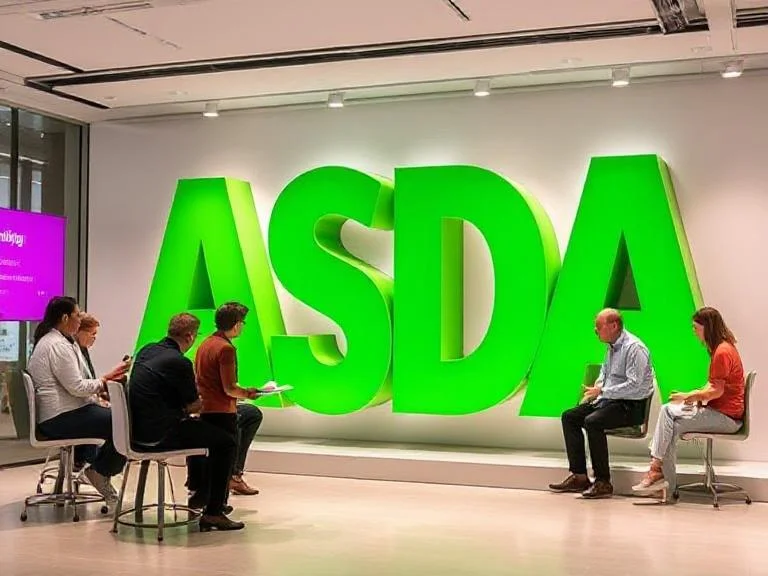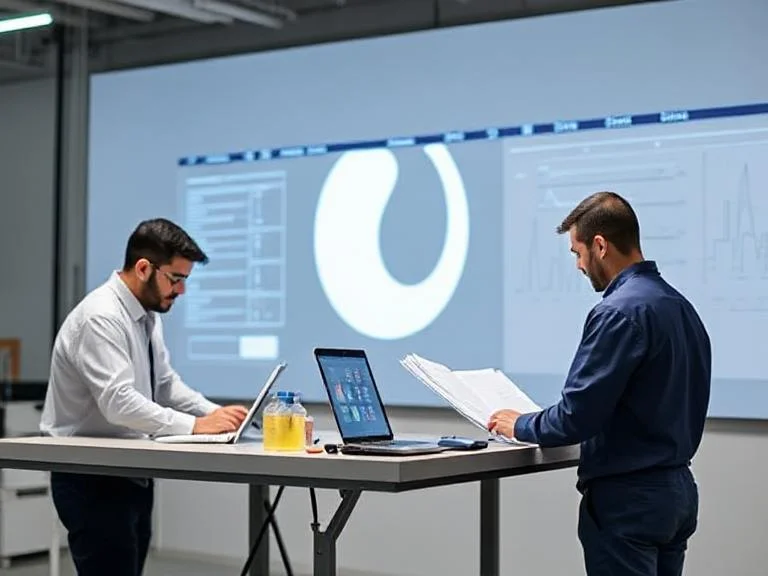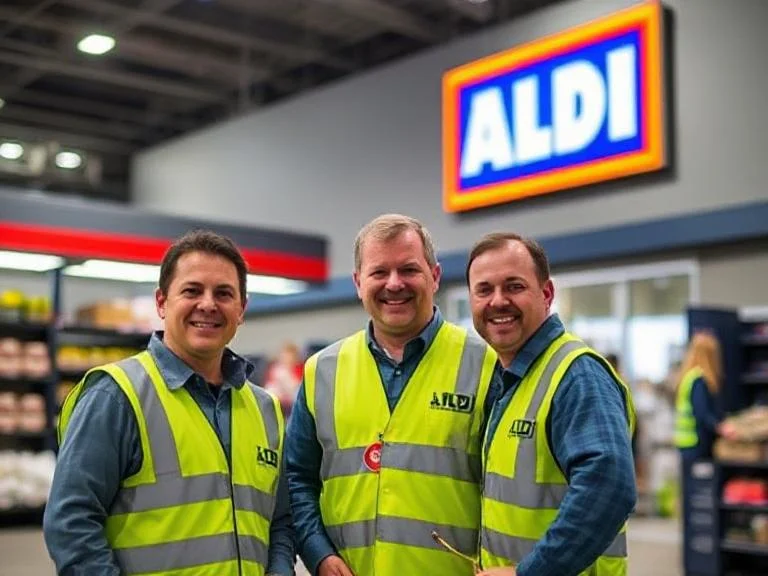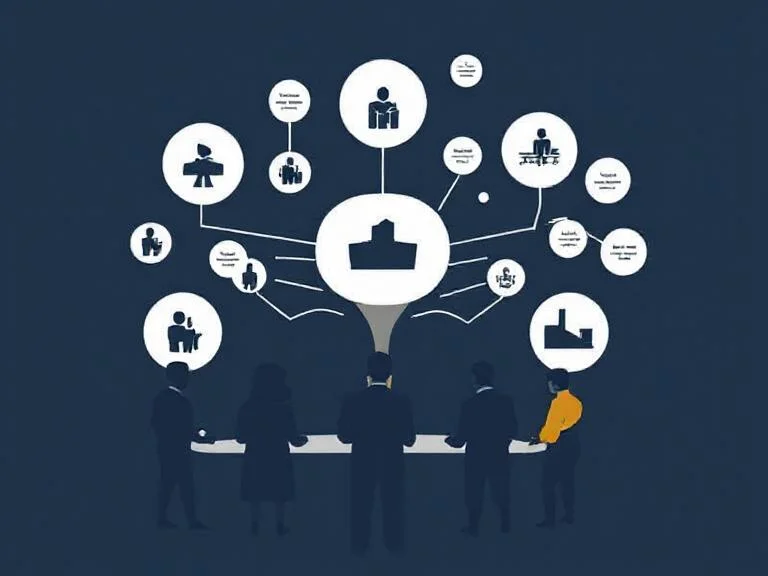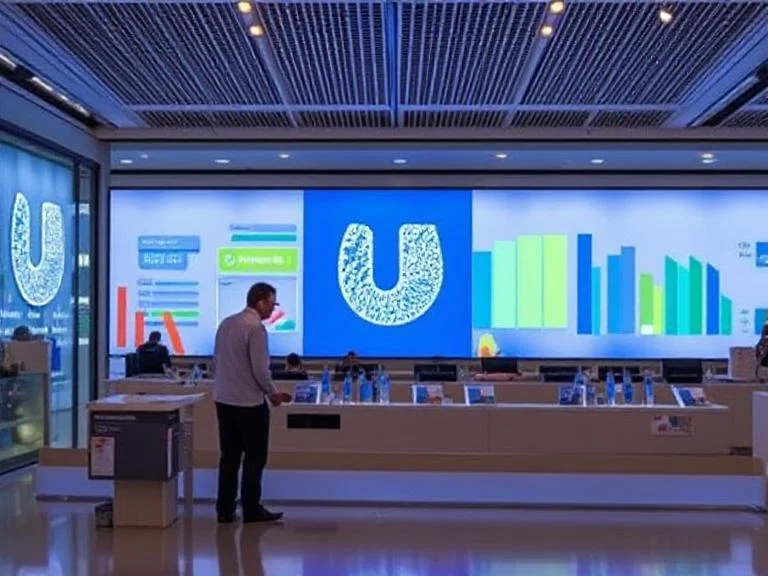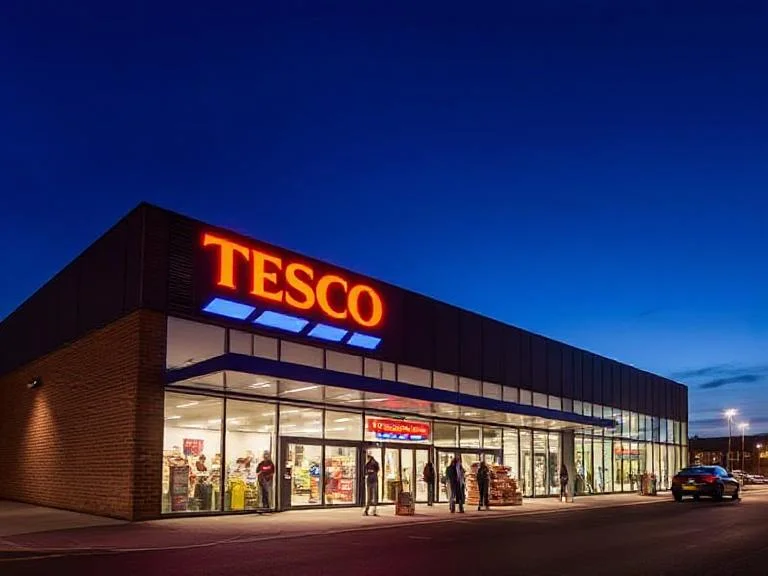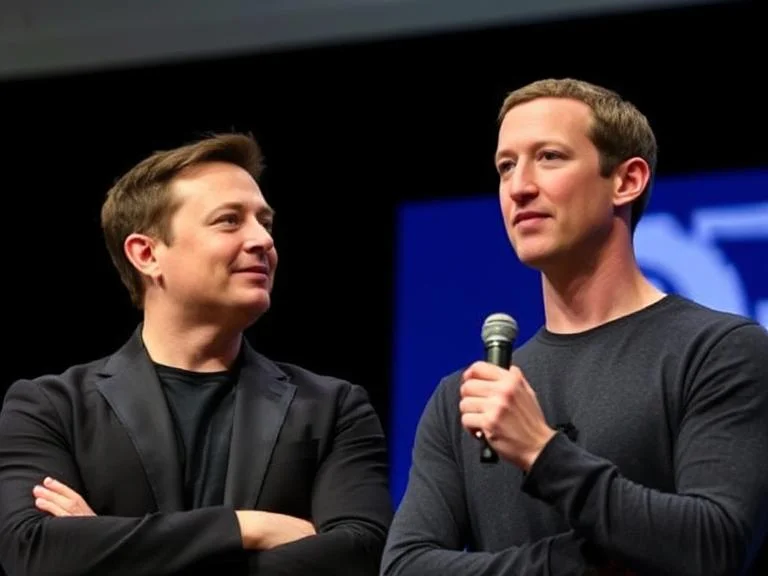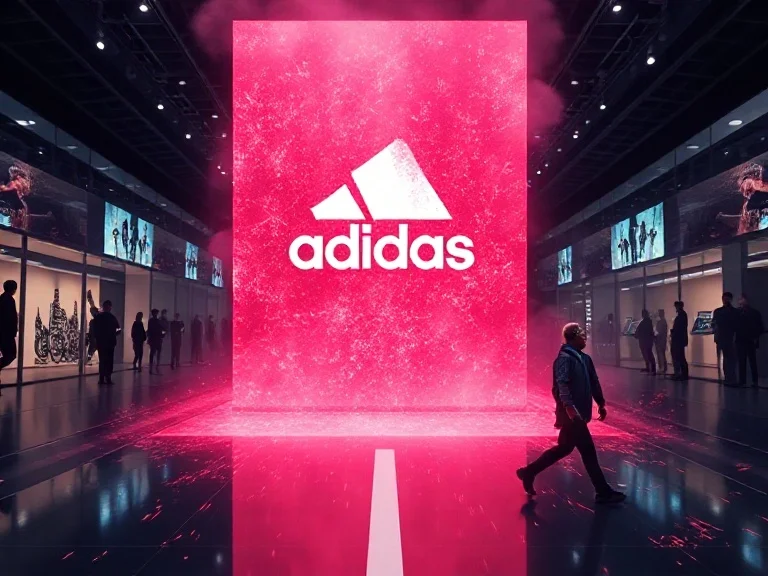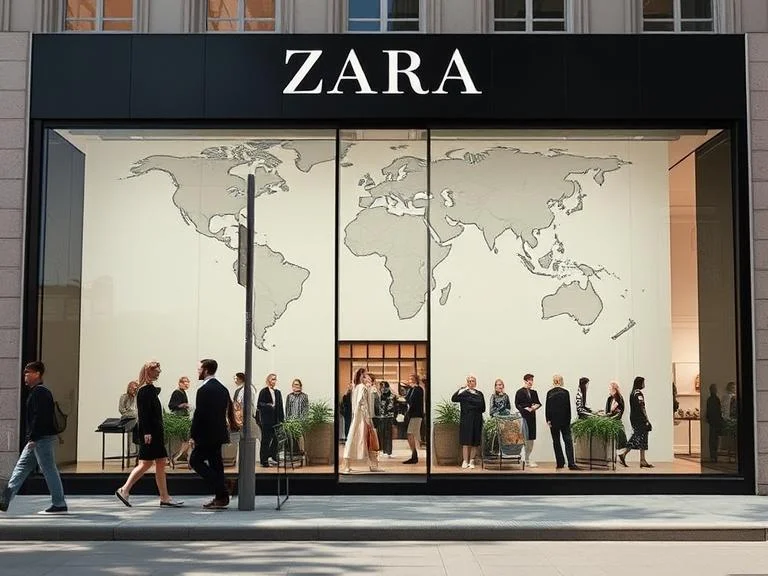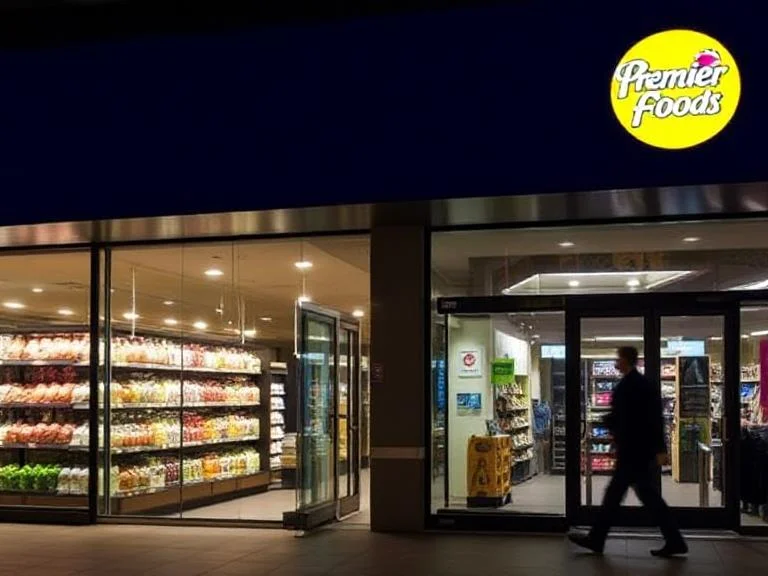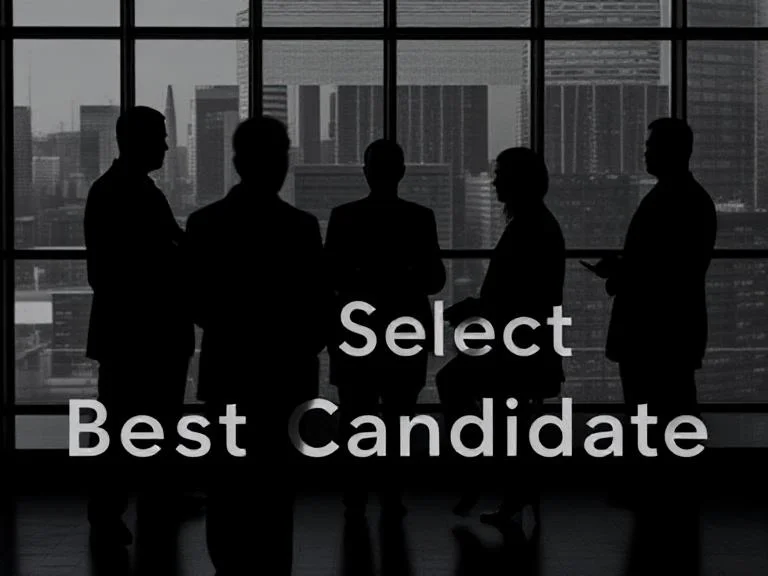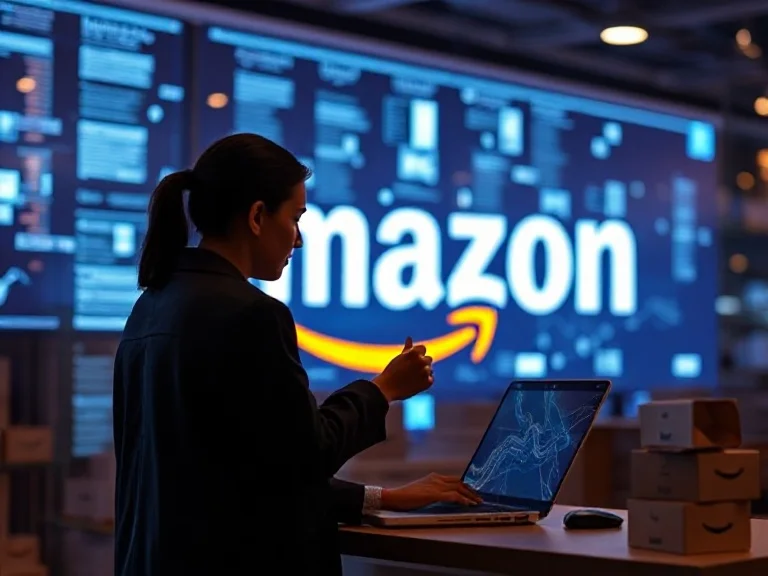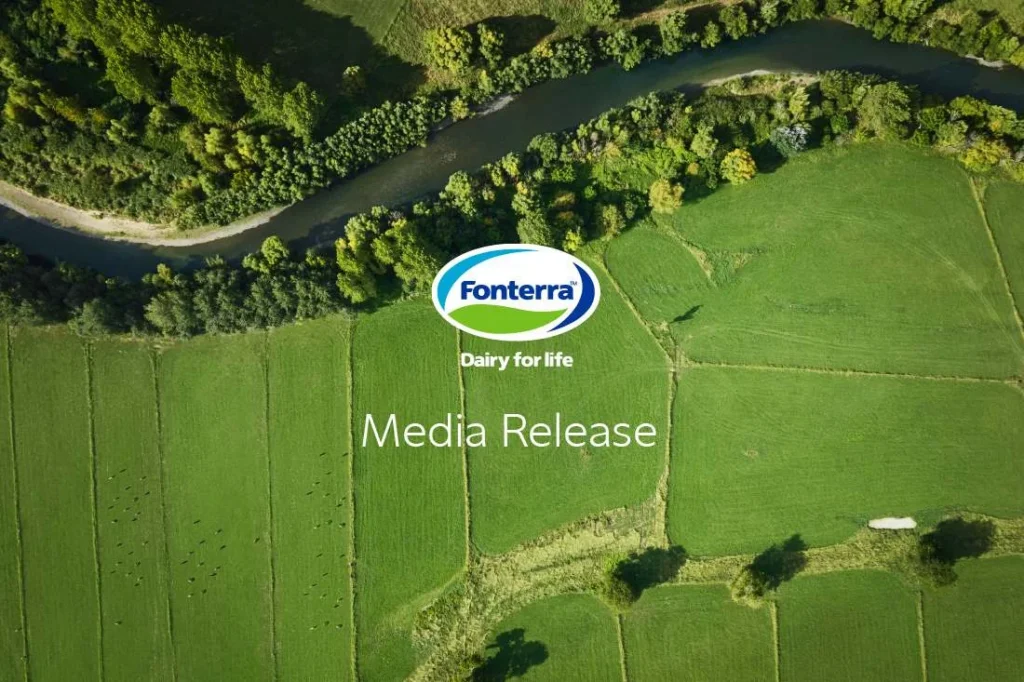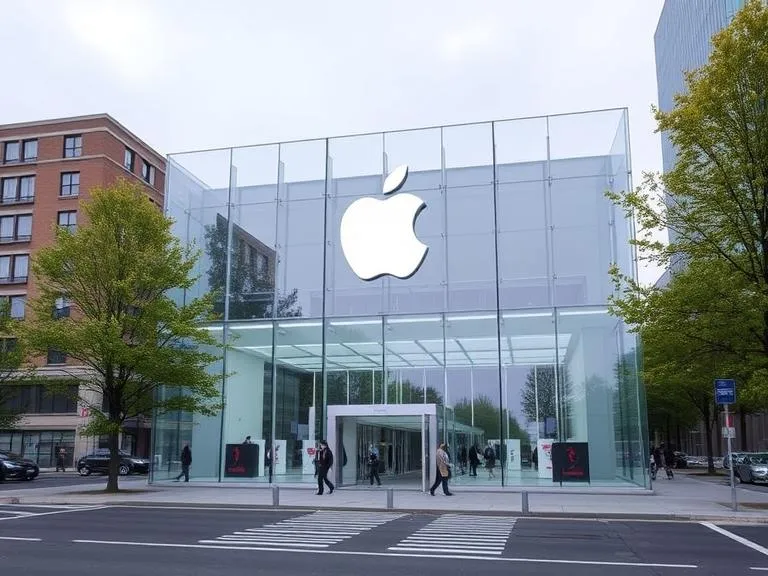Internal and External Analysis of Unilever
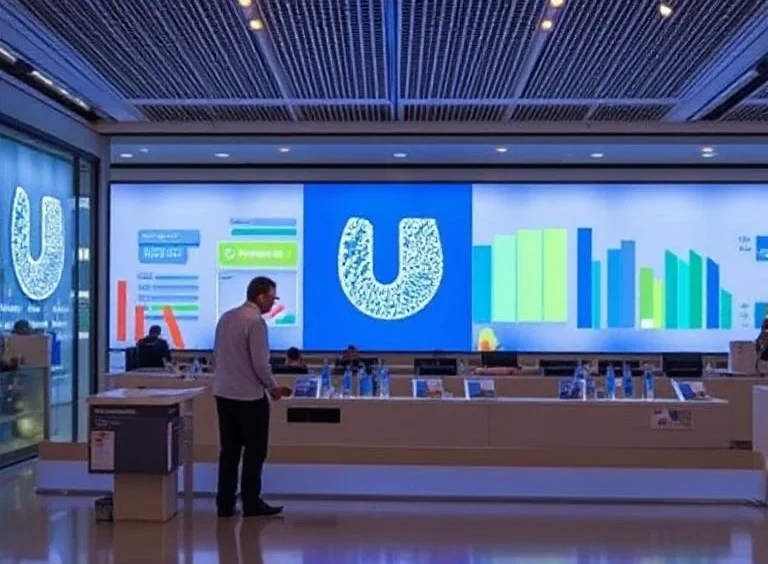
The British soap maker Lever Brothers and the Dutch margarine company Margarine Unie merged in 1929 to form the multinational corporation Unilever, which has since grown into a world leader in consumer goods. United Kingdom and Rotterdam, Netherlands are home to Unilever’s headquarters. To lessen its impact on the environment, improve social welfare, and promote sustainable development, Unilever introduced the Sustainable Living Plan in 2010. Different factors affect the business progress and the key strategic points. The employees, customers, financial, and the physical resources directly updated the business consistency as valuable toward the business practices. So, the progress of Unilever company will be affected in the badly manners.
Mission Statement
“To impart energy to live” says Unilever’s business mission statement.
Vision Statement
“To make new sustainability normal,” says Unilever’s business vision.
Objectives
The portfolio restructure guided by CEO Patrick Cescau aims to keep the company’s core categories food, domestic and personal care in focus. Hair, deodorant, and skin and body businesses grew by €2 billion.
Internal Analysis
Unilever company provides the consistent feedback and the policies to the employees that are integral part for the business success. To track the business decisions and generate the perfect operations, the business directions can be valuable towards the instant practices. Unilever protect its employees as offering them financial as well as non-financial incentives regarding the higher changes. The development of future leadership program helps to evaluate the roles and responsibilities of the business as doing the consistent framework regarding the better and the effective plans.
SWOT analysis:
According to the SWOT analyses, the strengths, weaknesses, opportunities, and the threats are the key terms that represent the business directions and generate the consistent planning. To build the strong position and raise the firm’s transformation, the business reliabilities can be tackled. Transforming the business values and maintain the instant learnings, the organizational resources will be updated.
Strengths:
- Unilever company has the strong financial resources that help to increase the business practices.
- The company have the strong collaboration with the suppliers about the social initiatives.
- There is an advanced knowledge that increases the business practices as dealing the consistent plans regards the innovative decisions to track the higher changes.
Weaknesses:
- Unilever company has vulnerable to the cyber attacks and build the sensitive to the political risks. There is a negative return on investment in the social projects as generating the performance depends on the suppliers.
Opportunities:
- There is an NPD from recycled matterless and the sustainable living campaigns.
- It deals with the product localization and the new marketing messaging.
Threats:
- The threat from acquisition lessens control and access to the skilled workforce.
There is a low customer switching costs and high sustainability or ethics risks regards the broad knowledge.
External analysis
Unilever’s external environment can be analyzed using the PESTLE framework:
| External Factor | Impact on Unilever |
| Political | Regulations affecting operations and trade policies |
| Political stability impacting investment decisions | |
| Economic | Fluctuations affecting sales and profitability |
| Diverse economic conditions in different markets | |
| Sociocultural | Changing consumer preferences and lifestyles |
| Demographic shifts influencing consumer demand | |
| Technological | Advancements driving innovation and manufacturing |
| Embracing digital transformation for marketing | |
| Legal | Compliance with diverse regulations across markets |
| Protection of intellectual property rights. | |
| Environmental | Sustainable practices and consumer pressure |
| Risks associated with climate change and sourcing |
Political
Unilever’s operations and investment decisions depend on political stability in major areas, which affects market growth and customer behavior.
Economic Factors
The Unilever company focuses to the sales and the demand of the customers that’s why it is major contributor to the gross domestic product of the business as doing the broad innovation eras of the business planning.
Regional economic factors effect sales and market expansion.
Social Factors
Cultural variations, urbanization, and aging populations effect consumer demand and market segmentation
Technological Factors
For Unilever, technological advancements fuel innovation in product creation, manufacturing processes, and distribution channels.
Using e-commerce, data analytics, and automation affects marketing and consumer engagement.
Legal Factors
Unilever faces hurdles in adhering to regulations on product safety, labeling, environmental standards, and labor laws in many areas.
To stay competitive, trademarks, patents, and copyrights must be protected.
Environment Factors
Growing consumer and regulatory pressure for eco-friendly products and sustainable business practices affect Unilever’s operations and reputation.
Concerns include raw material sourcing, supply chain problems, and eco-friendly packaging.
The customers, employees, suppliers, government, and the strategic partnerships are the main stakeholders that affects the business directions and generate the best valuable terms regarding the instant decisions. So, the company’s core strategic plans will be adaptive to track the instant changes of the business values.
Portfolio Analysis
The BCG Matrix is a popular portfolio analysis methodology. The BCG Matrix assesses a company’s portfolio based on market growth and market share. BCG Matrix analysis of Unilever’s product portfolio:
| BCG Matrix | High Market Share | Low Market Share |
| High Growth Rate | Stars | Question Marks |
| Low Growth Rate | Cash Cows | Dogs |
BCG Matrix Analysis for Unilever
Stars
In high-growth marketplaces, certain products or brands lead. To maintain expansion, they need large investments. Unilever’s ‘Stars’ include Dove, Lifebuoy, and other personal care products. These brands dominate growing markets and drive revenue growth.
Question Marks
Products or brands in high-growth areas with low market share are in this category. These must be carefully considered and invested in to become stars or phase out. Some of Unilever’s new or specialized products in emerging areas may fit here.
Cash Cows
Established brands or goods dominate mature or slow-growth marketplaces. These have high cash flow and earnings but little expansion potential.
Dogs
Slow-growth markets have little market share for certain products or brands. They have little profits and growth possibilities. Certain smaller or less successful Unilever brands in local markets may fall into this category.
Strategic Issues
Sustainability Challenges
Unilever has the ongoing issue of balancing profitability with sustainability goals. This involves ensuring sustainable practices do not compromise financial success.
Market Saturation
Attaining and sustaining growth in mature markets becomes increasingly difficult as a result of fierce rivalry and market saturation. To preserve market share, innovative techniques are necessary.
The Dynamics of Emerging countries
Adapting to the varied tastes of consumers, unpredictable economic trends, and ever-changing regulatory environments in emerging countries is no easy feat.
Strategic Option Appraisal
Diversity
Looking into different markets or product categories to broaden its offerings and take advantage of growing trends like plant-based foods, health-conscious products, and sustainable technologies.
Digital Transformation
Increasing spending on digital technology to improve customer interaction, streamline supply chains, and use data analytics to create targeted advertising.
Acquisitions and Partnerships
Look for strategic acquisitions or collaborations to increase your presence in important locations, get cutting-edge technology, or broaden your market reach.
Implementation Issues
- Balance investment in sustainable brands and high-growth products.
- Aligning strategic objectives with multiple cultures and management styles during acquisitions or collaborations can be challenging.
Unilever strategically allocates resources and investments using the advanced practices. For instance, investment for growth, may generate funds for other ventures requires strategic investment or maintain the broad actions or divestiture to focus resources on more promising areas.
Measuring and Monitoring Organizational Performance
Key Performance Indicators (KPIs)
Financial Metrics
One must consider financial metrics such as market share, profit margins, return on investment (ROI), and revenue growth when evaluating a company’s performance.
Metrics for Sustainability
Monitoring the advancement of sustainability objectives, including the decrease of water consumption, waste production, and carbon footprint, as well as the promotion of ethical sourcing practices.
Brand Metrics
Using tools like the Net Promoter Score (NPS) and brand awareness surveys, we can track how well our brands are doing in terms of perception, consumer loyalty, and value.
Innovation Metrics
Launching new goods, submitting patents, and revenue sharing from new products are all ways to measure the performance of research and development initiatives.
Performance Management Process
Strategic Alignment
Assuring that corporate goals are in harmony with individual and team objectives in order to motivate performance that supports strategic aims.
Ongoing Evaluations
Checking in with the team on a regular basis to see how they’re doing in relation to established goals and key performance indicators.
Ongoing Feedback
Encouraging a growth mindset and adaptability to shifting market conditions by consistently providing feedback to teams and people.
Using a Balanced Scorecard Methodology
The use of a balanced scorecard approach to monitoring and controlling performance from the viewpoints of financials, customers, internal processes, and learning and growth.
Technology and Tools
Enterprise Resource Planning (ERP) System
Creating a comprehensive picture of performance by using integrated systems to collect and evaluate data from various functions.
Monitoring and Reporting
In-Dashboard Reporting
Building performance dashboards that provide real-time insight into key performance indicators, allowing for rapid evaluation and decision-making.
Periodic Reporting
Creating detailed reports on a monthly or quarterly basis to assess progress against predetermined goals and standards.
Benchmarking
Finding ways to improve and stay ahead of the competition by comparing performance to industry benchmarks and other businesses.
Using technology to simplify data collection and analysis, Unilever’s performance management takes a multi-pronged strategy that incorporates sustainability, innovation, brand, financial, and financial measures. In order to drive long-term success and growth, it is essential to continuously monitor performance, assess it periodically, and align it with strategic objectives.
Corporate social Responsibility and Sustainability
One concept that Unilever’s CSR and sustainability initiatives are in line with is the Triple Bottom Line (TBL), which stands for People, Planet, and Profit. This model is in line with Unilever’s CSR and sustainability efforts:
People
All around the world, Unilever runs community programs with the goal of improving people’s lives via education, health, and economic opportunities.
As part of its commitment to a diverse, equitable, and inclusive workforce and supply chain, the company places a premium on fair labor standards.
Planet
In an effort to leave a good impact on the environment, the Sustainable Living Plan is driving initiatives to decrease waste, lower carbon emissions, and promote sustainable packaging.
Profit
CSR and sustainability initiatives boost a company’s reputation, which in turn draws in ethically-minded customers and investors.
The Sustainable Living Plan is an integral part of Unilever’s business strategy that goes beyond only meeting regulatory requirements in terms of sustainability. In order to keep the company’s activities focused on long-term sustainability and profitability, this model acts as a guidepost to ensure that the impacts on people and the earth are considered.
Strategic Leadership
The leadership’s drive to innovation and adaptation has helped Unilever adjust quickly to changing market landscapes and consumer preferences The approach of Unilever is combined to create the growth vision and served as the key criteria for the behaviors of the employees. To drive the growth through the implementation and energize other for the growth directly secure the commitment of growth and builds the most valuable practices as doing the higher innovation change. The leadership of Unilever makes the substantial change and underpin the improved performance as delivery by becoming more responsible to the customer as well a channel regarding the executing powerful strategy.
Strategy change
Unilever’s strategic change efforts reflect its commitment to sustainability and commercial relevance. The organization’s strategy is based on sustainability, as shown by the Sustainable Living Plane. Unilever is committed to making a difference beyond its economic aims by setting ambitious environmental and social goals. Unilever company announced to its organizational model for making the simple and more category-focused business. The firm will move away form the current matric structure and will be organized to the around distinction activities.
Strategic Recommendations
- The Sustainable Living Plan’s sustainability initiatives should be maintained and even expanded upon. To further establish Unilever as a sustainability leader, the company should increase supply chain transparency, decrease environmental impact even more, and establish more ambitious goals.
- This includes making things that are healthier, using plant-based alternatives, and using sustainable packaging to satisfy the increasing need for products that are good for the environment.
- Seek for possible mergers, acquisitions, or strategic alliances to bolster Unilever’s product line and increase the company’s competitiveness, especially in fast-growing markets or developing industries.
- Establish a strong presence in existing regions and capitalise on development prospects in emerging countries by customizing products and marketing techniques to local tastes.
- Promote an environment that values diversity and inclusion in the workplace in order to boost innovation, creativity, and employee health and happiness. Give workers the freedom to suggest ways forward that are in line with Unilever’s mission-driven philosophy.
- By hiring the right people and focus on the focus of the revenue, the Unilever company can lead to the business growth. There are a lot of operations that will specify the higher changes and boost the classification of the instant direction. To hiring the right people and focusing on the established process or sources, the company will raise the innovative sales. It is the process or strategic recommendation that raise the business values and observe the instant decisions as doing the consistent values.
- The Unilever company should reduce the risks and invest in the company’s financial sources for the future growth and the trends of sustainability. By adding the business values and transform the clear plans, the business resources become effective. The risk reduction and the investment on the financial resources, the business values can be taking place either it is useful or not to track the consistent experience.
- Unilever company should get the support from the competitors through the entire CSR strategies and determine the business values to track the higher changes as leading the broad innovation terms. Getting the support from the top-level management and donate the funds to the relevant causes re the key ways that motivate the company’s practices to track the business directions either it is useful or not for the business decisions. To analyze the organizational practices and managing the higher changes, the firm’s activities become strongly associate. Protecting the environment and the broad social changes, the firm’s conveniences will be reliable to track the higher changes.
All of these recensions will help to raise the business growth and its corporate social responsibility activities that will update the business plans and generate the better decisions towards the instant decisions. To track the business values and generate the higher success, the strategic recommendations of the Unilever’s growth become valuable as well as more innovative approaches.


